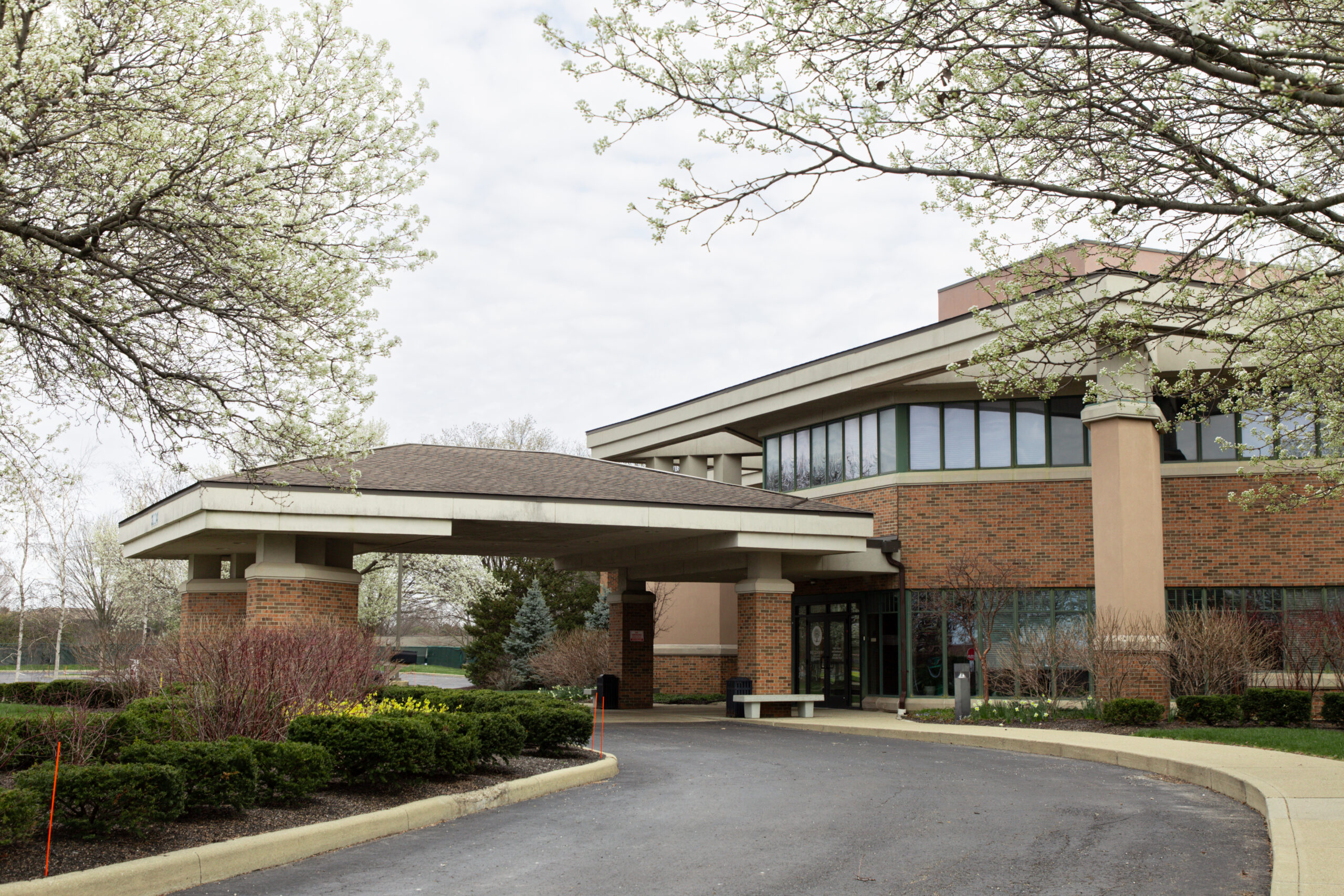Paranoid personality disorder (PPD) is a complex mental health condition characterized by a pervasive pattern of distrust and suspicion of others without adequate justification. People with this disorder often believe that others are trying to harm, exploit, or deceive them, even when there is no evidence to support these beliefs.
Unlike other mental health conditions that involve paranoia, such as schizophrenia or delusional disorder, individuals with paranoid personality disorder do not experience delusions or hallucinations. Instead, they maintain a consistent pattern of mistrust that significantly impacts their relationships and daily functioning.
What Is Paranoid Personality Disorder?
Paranoid personality disorder belongs to a group of conditions known as Cluster A personality disorders, which are characterized by eccentric or unusual thinking patterns and behaviors. The disorder typically emerges by early adulthood and represents a long-term pattern of behavior rather than isolated episodes.
The condition affects approximately 0.5% to 4.5% of the general U.S. population, making it relatively uncommon but significant in its impact on those affected. Research indicates that PPD may be slightly more prevalent in women in community samples, though clinical samples often show higher rates in men.
Key Characteristics
Individuals with paranoid personality disorder consistently interpret the actions and motivations of others as malevolent or threatening. This interpretation occurs across various contexts and relationships, not just in specific situations where suspicion might be warranted.
The disorder is distinguished from temporary paranoid thoughts that people might experience during times of stress or from paranoid symptoms associated with substance use or other medical conditions. In PPD, the paranoid thinking is persistent, pervasive, and significantly interferes with daily functioning.
Recognizing the Signs and Symptoms
People with paranoid personality disorder exhibit several characteristic patterns of thinking and behavior that become apparent in their interactions with others and their approach to relationships.
Primary Symptoms
Individuals with PPD typically display an unwarranted suspicion that others are exploiting, harming, or deceiving them. This suspicion extends beyond normal caution and persists even when evidence contradicts their concerns. They often become preoccupied with unjustified doubts about the loyalty or trustworthiness of friends, family members, and colleagues.
Many people with this condition are reluctant to share personal information or confide in others because they fear this information will be used against them. They may interpret innocent remarks or casual interactions as having hidden, threatening meanings and often read malicious intent into benign comments or events.
Behavioral Patterns
Those with paranoid personality disorder tend to hold grudges for extended periods and have difficulty forgiving perceived insults, injuries, or slights. They are quick to react angrily when they perceive attacks on their character or reputation, even when these attacks are not apparent to others.
In romantic relationships, individuals with PPD frequently harbor unjustified suspicions about their partner’s fidelity. These suspicions persist despite reassurance and evidence to the contrary, often causing significant strain in intimate relationships.
Social and Occupational Impact
The suspicious nature of PPD leads many individuals to severely limit their social interactions. They may avoid group activities, decline invitations, or withdraw from social situations where they feel vulnerable to potential threats or exploitation.
In work environments, people with paranoid personality disorder may have difficulty collaborating with colleagues, struggle with authority figures, or become involved in frequent conflicts due to their suspicious interpretations of others’ actions.
Understanding the Causes and Risk Factors
The exact causes of paranoid personality disorder remain unclear, but research suggests a complex interaction of genetic, environmental, and psychological factors contributes to its development.
Genetic and Biological Factors
While early research suggested a strong genetic link between PPD and schizophrenia spectrum disorders, more recent studies indicate this connection is not as robust as previously thought. However, there does appear to be some familial clustering of the disorder, suggesting genetic factors may play a role.
Neurobiological research has identified subtle brain differences in individuals with PPD, particularly in the amygdala, which processes fear and threat-related stimuli. These findings may help explain the heightened vigilance and suspicion characteristic of the disorder.
Environmental Influences
Childhood experiences, particularly those involving emotional, physical, or supervisory neglect, appear to significantly influence the development of PPD. Research has consistently shown that individuals who experienced childhood trauma, abuse, or severe stress are at higher risk for developing paranoid personality traits.
Some studies suggest that people who experienced verbal abuse during childhood are three times more likely to develop paranoid personality disorder in adulthood. Additionally, ongoing severe stress, such as that experienced by prisoners of war or individuals in dangerous environments, may contribute to the development of paranoid thinking patterns.
Psychological Factors
Certain psychological vulnerabilities may predispose individuals to developing PPD. These include difficulty regulating emotions, challenges with interpersonal relationships, and tendencies toward negative thinking patterns about others’ intentions.
The development of paranoid personality disorder may also be influenced by learned behaviors and coping mechanisms developed in response to actual threats or dangerous situations that later generalize to safe environments.
Diagnosis and Professional Assessment
Diagnosing paranoid personality disorder requires a comprehensive evaluation by a qualified mental health professional, as the symptoms can overlap with other mental health conditions and may be challenging to distinguish from reasonable caution or justified suspicion.
Diagnostic Criteria
According to the Diagnostic and Statistical Manual of Mental Disorders (DSM-5-TR), a diagnosis of paranoid personality disorder requires the presence of a pervasive pattern of distrust and suspiciousness that begins by early adulthood and is present across various contexts.
The individual must exhibit at least four of seven specific criteria, including suspecting others of exploitation without sufficient basis, preoccupation with doubts about others’ loyalty, reluctance to confide in others, reading threatening meanings into benign remarks, persistently bearing grudges, perceiving unwarranted attacks on character, and having recurrent suspicions about a partner’s fidelity.
Assessment Challenges
One of the primary challenges in diagnosing PPD is that individuals with the condition often do not recognize their thinking patterns as problematic. They may view their suspicion and distrust as rational responses to genuine threats, making them unlikely to seek treatment voluntarily.
When individuals with PPD do seek professional help, it is often for related conditions such as depression or anxiety rather than for the personality disorder itself. Mental health professionals must carefully distinguish between PPD and other conditions that may involve paranoid thinking, including delusional disorder, schizophrenia, and substance-induced paranoid thoughts.
Comprehensive Evaluation
A thorough diagnostic assessment typically includes a detailed clinical interview, review of personal and family history, and assessment of current functioning across multiple domains. Collateral information from family members or close contacts may be valuable, though individuals with PPD are often reluctant to grant permission for such consultations.
Mental health professionals use specialized interview techniques designed to minimize defensiveness and create a non-threatening environment for assessment. They carefully evaluate the duration, pervasiveness, and impact of paranoid thoughts while ruling out other potential causes.
Treatment Approaches and Management
Treating paranoid personality disorder presents unique challenges due to the inherent mistrust that characterizes the condition. However, with appropriate approaches and patient commitment, meaningful improvement is possible.
Psychotherapy as Primary Treatment
Psychotherapy represents the cornerstone of treatment for paranoid personality disorder. Cognitive-behavioral therapy (CBT) has shown particular promise in helping individuals identify and modify distorted thinking patterns and develop more realistic assessments of social situations.
Dialectical behavior therapy (DBT) may also be beneficial, particularly in teaching emotional regulation skills and improving interpersonal effectiveness. These approaches focus on developing coping strategies, enhancing social skills, and building the capacity for trust in therapeutic relationships.
The therapeutic relationship itself becomes a crucial component of treatment, as it provides a safe space for individuals to experience trust and practice new ways of relating to others. This process requires patience and skill from therapists, who must navigate the initial suspicion and resistance that characterizes PPD.
Building Therapeutic Alliance
Establishing trust with individuals who have paranoid personality disorder requires specialized approaches. Therapists often begin by acknowledging any valid concerns the individual may have while gently challenging unrealistic fears. Consistency, transparency, and respect for the person’s autonomy are essential elements of successful therapeutic relationships.
Treatment typically focuses on increasing general coping skills, developing empathy and trust, and improving communication and social interaction abilities. Goals may include reducing the intensity of paranoid thoughts, improving relationship functioning, and enhancing overall quality of life.
Medication Considerations
While medication is not typically the primary treatment for paranoid personality disorder, it may be helpful in certain circumstances. Antidepressants may be prescribed if the individual also experiences depression, while anti-anxiety medications might be used for severe anxiety symptoms.
In cases where paranoid thoughts become particularly intense or when there is risk of aggressive behavior, antipsychotic medications may be considered. However, medication decisions must be made carefully, as individuals with PPD may be suspicious of medical interventions and reluctant to take prescribed medications.
Treatment Challenges and Barriers
One of the most significant obstacles to successful treatment is the high dropout rate among individuals with PPD. The suspicious nature of the disorder often leads people to question the motives of their therapists or to interpret therapeutic interventions as threats or manipulation.
Many individuals with paranoid personality disorder may not follow through with treatment recommendations or may terminate therapy prematurely when they feel challenged or uncomfortable. Addressing these barriers requires specialized training and experience in working with personality disorders.
Long-term Outlook and Prognosis
The prognosis for paranoid personality disorder varies significantly depending on several factors, with the individual’s willingness to engage in and commit to treatment being perhaps the most crucial determinant of outcome.
Factors Influencing Outcomes
Individuals who are able to develop some insight into their condition and remain engaged in therapy often experience meaningful improvements in their symptoms and functioning. Success in treatment frequently correlates with the person’s ability to form a therapeutic alliance and their motivation to change problematic patterns.
The presence of additional mental health conditions, such as depression or anxiety disorders, can complicate treatment but may also provide motivation for seeking help. Conversely, substance use disorders or severe paranoid symptoms may significantly impair treatment engagement and outcomes.
Functional Improvements
With appropriate treatment, many individuals with paranoid personality disorder can learn to manage their symptoms more effectively and improve their relationships and social functioning. While personality change tends to be gradual, people can develop better coping strategies and more accurate assessments of social situations.
Some individuals may be able to maintain employment and develop meaningful relationships, while others may continue to experience significant functional impairment. The chronic nature of personality disorders means that ongoing support and periodic treatment may be beneficial even after initial improvement.
Potential Complications
Without treatment, paranoid personality disorder can lead to severe social isolation, occupational difficulties, and significant impairment in multiple life domains. Individuals may become involved in excessive litigation, believing they are being wronged or persecuted by others.
The condition is associated with increased risk of other mental health problems, including depression, anxiety disorders, and substance use disorders. Family members and close contacts often experience stress, depression, and isolation as a result of the affected person’s suspicious and distrustful behavior.
Supporting Someone with Paranoid Personality Disorder
Family members and friends of individuals with paranoid personality disorder face unique challenges in maintaining relationships while avoiding reinforcement of paranoid thoughts.
Communication Strategies
When interacting with someone who has PPD, it is important to remain calm, consistent, and honest. Avoid arguing directly with paranoid beliefs, as this typically increases defensiveness and suspicion. Instead, focus on expressing care and concern while maintaining appropriate boundaries.
It can be helpful to acknowledge the person’s feelings without necessarily agreeing with their interpretations of events. For example, saying “I can see that you’re really upset about this” rather than “That’s not true” or “You’re being paranoid.”
Encouraging Treatment
Encouraging someone with paranoid personality disorder to seek treatment requires sensitivity and patience. Focusing on specific problems or symptoms that are causing distress, such as depression or anxiety, may be more effective than directly addressing the personality disorder.
It may be helpful to frame treatment as a way to gain skills for managing stress or improving relationships rather than as a way to fix something that is “wrong” with them. Offering to accompany them to appointments or help them research treatment options can provide valuable support.
Self-Care for Supporters
Caring for someone with paranoid personality disorder can be emotionally draining and stressful. It is essential for family members and friends to prioritize their own mental health and seek support when needed.
This might include participating in family therapy, joining support groups, or seeking individual counseling to develop coping strategies and process their own experiences. Setting and maintaining appropriate boundaries is crucial for preventing burnout and maintaining one’s own well-being.
When to Seek Professional Help
Professional intervention becomes necessary when suspicious thoughts and paranoid behaviors significantly interfere with daily functioning, relationships, or quality of life. Warning signs that indicate the need for professional assessment include persistent suspicion that damages relationships, inability to function effectively at work or school, and social isolation due to mistrust of others.
If paranoid thoughts escalate to include beliefs about imminent danger or lead to aggressive behavior, immediate professional evaluation is warranted. Similarly, if the individual expresses thoughts of self-harm or harm to others, emergency intervention may be necessary.
Family members who are concerned about a loved one’s suspicious behavior or who are experiencing stress and strain in their relationships should also consider seeking professional guidance, even if the affected individual is unwilling to participate in treatment.
Moving Forward with Understanding
Paranoid personality disorder is a complex condition that requires specialized understanding and treatment approaches. While the challenges associated with PPD are significant, individuals with this condition can experience meaningful improvements in their symptoms and functioning with appropriate care and support.
Increased awareness and understanding of paranoid personality disorder can help reduce stigma and encourage more people to seek help when needed. Continued research into effective treatment approaches offers hope for improved outcomes and better quality of life for those affected by this challenging condition.
The key to successful management lies in early identification, appropriate treatment, and ongoing support from mental health professionals who understand the unique aspects of personality disorders. With patience, commitment, and the right resources, individuals with paranoid personality disorder can work toward more fulfilling and functional lives.
















